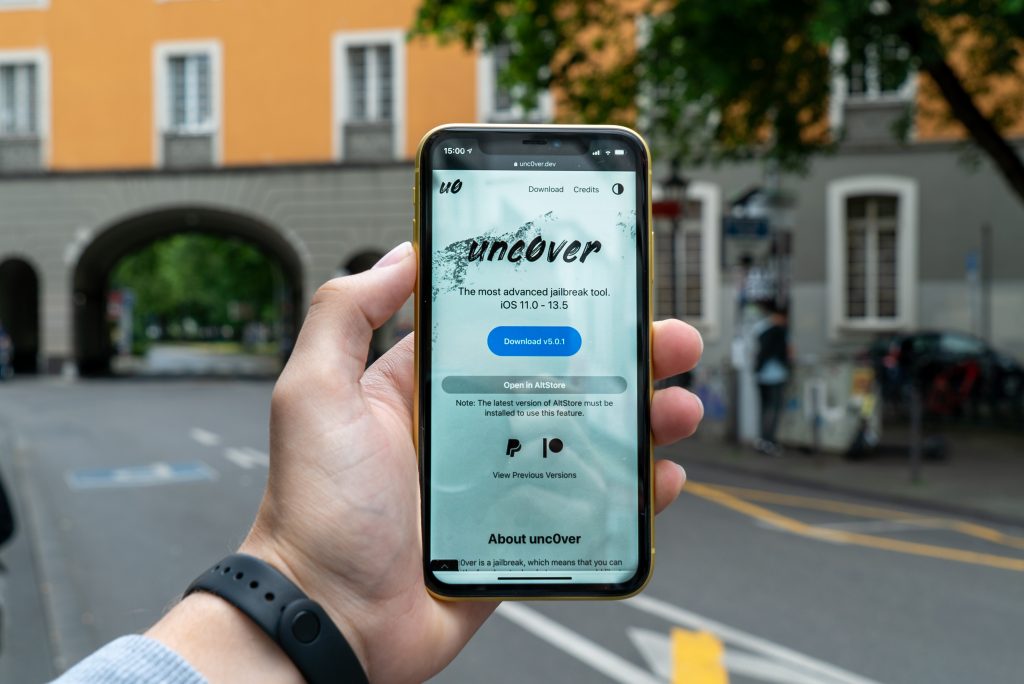RSA Cyber Security is a public-key crypto-system used in the safe transfer of data. RSA is an algorithm that is slow. It’s one of the oldest, too.
RSA is an acronym from Ron Rivest’s surnames, Adi Shamir and Leonard Adleman. They defined the algorithm in 1977.
The public-key cryptosystem has two significant keys: The encryption key is public while the decryption key is private (secret).
How to use RSA Cyber Security
An RSA customer generates and releases a public key that contains two broad primary numbers along with the secondary code.
Only the one who knows the primary numbers can decode, but anybody can encode the message using the public key. Because the primary numbers are private.
RSA Cyber Security protection
The protection of RSA depends upon the difficulties of making the “factoring problem” the product of two large prime numbers.
Moreover, they should understand the RSA dilemma to crack RSA encryption. It is an open question whether the factor complicates the factor.
By using an appropriate key, there are no documented systems to bypass the method.
What and how of RSA
RSA is an algorithm that is relatively slow. This makes it not popular to encode user data directly.
More commonly, use RSA to send symmetrical encryption mutual keys, which are then used to decipher bulk encryption.
History: RSA Cyber Security
Co-inventor of RSA Adi Shamir, (the others are Ron Rivest and Leonard Adleman) RSA Rivest,Shamir and Adleman.
Whitfield Diffie and Martin Hellman, who presented this idea in 1976, were responsible for an inverted public-private key cryptosystem.
By adding digital signatures, the theory of numbers tried.
Their structure used a standard hidden key, a modulo, a prime number, generated from the multiplications of a number.
Even so, the problems with the realization of a unilateral function remained open. Maybe because they did not establish the factoring complexity at the time[3].
RSA Patent
From the DWPI patent abstract:
Use a contact channel with a device that has an encoding device and a decoding device with at least one terminal of each device.
By encoding the message as a number M on a pre-defined list, they encode the message and transmitted for ciphertext in the encoding terminal.
The first predetermined power (associated with the intended recipient) is then increased and eventually measured.
The rest or remainder, C, shall be … computed when the exponentiation divides the number by the product of two predetermined prime numbers (associated with the intended receiver).
RSA Key distribution :
Suppose Bob wants to give Alice details.
Bob must recognize Alice ‘s public key to encrypt the message if they plan to use RSA, and Alice must use her private key to decrypt the message.
Alice transmits her public key (n, e) to Bob through a secure, though not inherently hidden, the route to allow Bob to send his encrypted messages.
Alice’s never transmitted her private key(d).
Signing messages with RSA
Assume Alice uses the public key of Bob to deliver an encrypted letter to him.
It can pretend to be Alice in the post, but Bob doesn’t have any means to confirm that the letter is really from Alice as everybody can use Bob ‘s public key to encode him.
One may use RSA to sign a letter to check the origin of a letter.

